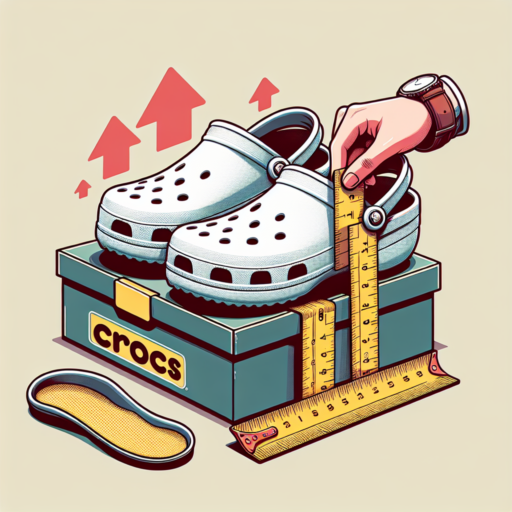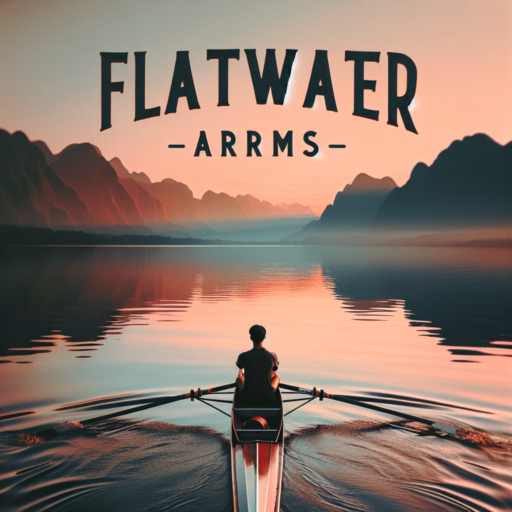What is the water sport with a kite?
The enchanting water sport that combines the elements of surfing, wakeboarding, windsurfing, paragliding, and gymnastics into one is known as Kitesurfing (or kiteboarding). The key element that distinguishes it from other water sports is the use of a large controllable kite to catch the wind, propelling the rider across the water on a small surfboard or kiteboard. This exhilarating sport has been gaining popularity worldwide due to its thrilling nature and the unique sensation of harnessing the power of the wind.
Kitesurfing requires not only physical strength but also precise control and coordination, as the rider must manage the kite’s powerful forces while navigating through the water. The kite’s size can be adjusted according to the wind conditions, making kitesurfing adaptable to different environments. This versatility is one reason kitesurfing has attracted a dedicated following among water sports enthusiasts.
The basic equipment for kitesurfing includes the kite, which is connected to the rider by a harness; the board, which can vary in size and shape depending on the rider’s experience level and style; and safety gear, such as a helmet and life jacket. Despite the necessary learning curve, beginners can quickly find themselves gliding over the water with the right instruction and conditions, experiencing the liberating feeling of flight.
How hard is it to learn kitesurfing?
Learning kitesurfing can initially seem daunting, primarily due to its combination of various skills including surfing, kite flying, and a bit of acrobatics. However, with dedication and proper instruction, the learning curve can be manageable and incredibly rewarding. The difficulty lies not just in physical fitness but also in understanding the nuances of wind and water.
Equipment familiarity plays a crucial role in easing the learning process. Unlike traditional surfing, kitesurfing requires a diverse set of gear, including the kite, harness, and board. Gaining confidence in using this equipment is the first significant step towards mastering kitesurfing. This is where structured lessons from experienced instructors can make a significant difference. They can tailor the learning experience to suit individual progress and deal effectively with common issues newcomers face.
Personal Fitness and Dedication
While kitesurfing is undeniably exhilarating, it demands a good level of physical fitness and mental resilience. Building up core strength, balance, and stamina can help learners pick up the sport faster. Moreover, dedication is key. The initial stages of learning can be frustrating as mastering control over the kite while maintaining balance on the board requires patience and persistence. However, the sense of achievement once you start riding the waves is unparalleled.
No se han encontrado productos.
What equipment do you need for kitesurfing?
Kitesurfing is a thrilling sport that merges the elements of surfing, windsurfing, wakeboarding, and paragliding into one adrenaline-packed activity. To get started, however, it’s crucial to gear up with the right equipment. Knowing the essentials can help ensure not only an enjoyable experience but also your safety on the water.
Essential Kitesurfing Gear
At the core of kitesurfing equipment, there are a few key items every enthusiast needs to have:
- The Kite: Obviously, the kite is fundamental to kitesurfing. There are various types of kites, like leading-edge inflatables, foil kites, and more, each suitable for different conditions and skill levels.
- The Board: Kitesurfing boards come in various shapes and sizes, tailored to different styles of riding and experience levels. Whether you prefer a twin-tip, a directional, or a foil board, choosing the right one is vital.
- The Harness: This piece of equipment attaches you to your kite, allowing you to maneuver and control it. Waist and seat harnesses are the most common types, offering various levels of support and comfort.
Beyond these essentials, a bar and lines for controlling the kite, a safety leash, and a personal flotation device should also be considered indispensable. While the selection of each piece of gear can vary based on personal preference, experience level, and the kitesurfing discipline you intend to pursue, investing in quality equipment is essential for safety and performance.
How to choose a kite size for kiteboarding?
Choosing the right kite size for kiteboarding is crucial for optimizing your performance and safety on the water. The ideal kite size depends on several key factors, including your weight, wind conditions, and your skill level. By understanding these elements, you can ensure a thrilling yet safe kiteboarding experience.
Consider Your Weight and Wind Conditions
The combination of your body weight and the prevailing wind conditions plays a significant role in selecting the right kite size. Heavier riders require larger kites to generate sufficient lift, especially in lighter winds. Conversely, in strong winds, a smaller kite is advisable to maintain control and safety. It’s essential to refer to a kite size chart specific to the brand and model of kite you are considering, as each may have slight variations in recommended sizes.
Factor in Your Skill Level
Beginners and those in the learning stages of kiteboarding should opt for a slightly larger kite than what the wind conditions may suggest. A larger kite provides a steadier and more forgiving experience, crucial for mastering the basics of kite control and board handling. In contrast, experienced kiteboarders can handle smaller kites that offer faster speeds and more agile maneuvering, enhancing their ability to perform tricks and navigate in stronger winds.
Ultimately, understanding these factors and how they interplay will guide you in choosing the right kite size for an enjoyable kiteboarding session. Remember, consulting with experienced kiteboarders and instructors, as well as reviewing the latest kiteboarding gear reviews, can provide invaluable insights into making the best choice for your skill level and conditions.




